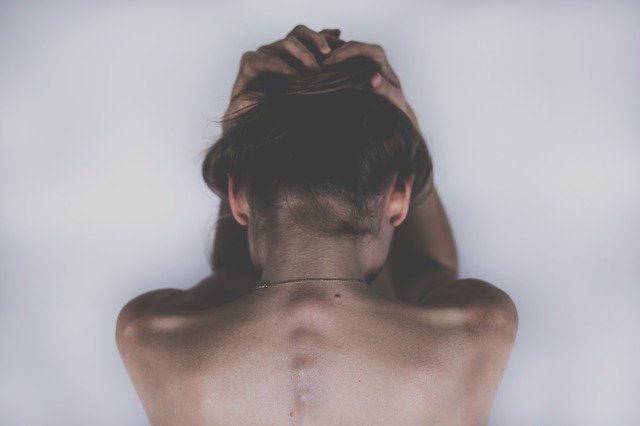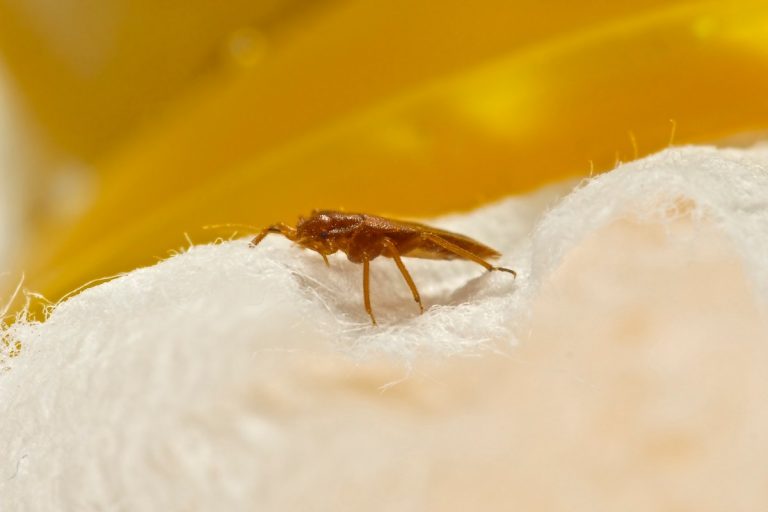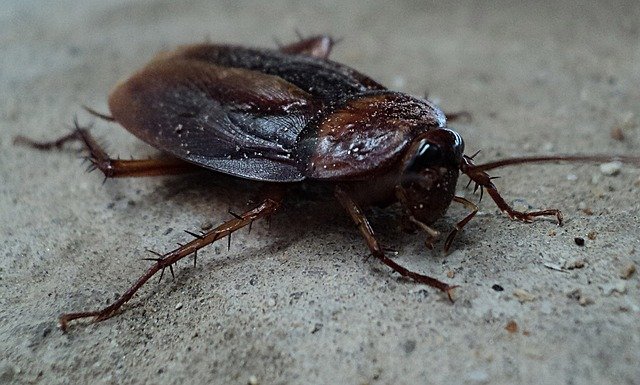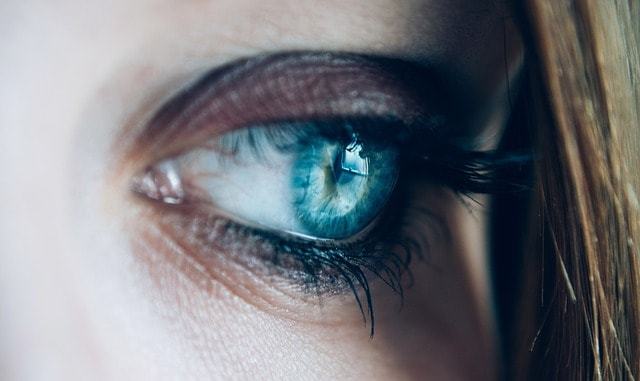Can Bed Bugs Live in Your Skin?
Bed bugs will feed on your bare (or hairless) skin areas – including legs, arms, face, and neck. For starters, bed bug bites will appear as tiny red welts that’ll effectively remain for 2+ weeks.
Can bed bugs live in your skin?…No? Bed bugs don’t like heat so that they won’t stick to the human skin or hair. They’ll feed on humans’ blood (skin) but hide in other locations like clothes.
Therefore, any bugs that are burrowing and living in human skin are possibly ticks, lice, or fleas. Bed bugs will mainly travel on shoes, luggage, and backpacks.
[amazon bestseller=”Best Bed Bugs Killer” items=”2″ template=”table”]
Details: Can Bed Bugs Live in Your Skin? Bite Signs?
Bedbugs have made a significant comeback in the world – and the United States specifically. They feed mainly on blood from warm-blooded hosts and humans – have a pest professional to identity.
But bed bug bites will be painless as they’ll inject some blood thinner or anticoagulant plus an anesthetic that’ll produce some numbing effect for about 5-10 minutes.
Bed bugs will mainly be active at night since they’re attracted to the constant carbon dioxide flow we emit while sleeping. The bite turns into a big itchy and raised welt – they’re infected if scratched.
Every human being will react differently to the bed bug bites. It’s an everyday reality that 30 percent of humans won’t show any reaction to the bites – they might only see some small puncture wound.
Bedbugs may take about two weeks to develop, and they’ll be lined in a row on your skin – including their eggs. The bugs will mainly be in exposed areas like your arms, legs, hands, neck, and face.
Bed Bug Bites?
Bed bug bites heal fully within 3-6 weeks. However, when there is a significant infestation, new bites could accumulate as the older edges disappear.
However, the bedbug bites won’t generally need treatment – most people will mainly experience just itching. For severe itching, you may get oral antihistamines or topical steroid creams for relief.
The bedbugs are brownish, oval, and small in size (apple seed)- they’ll live on blood from humans and animals. The fed bug will have swollen bodies and have a reddish color.
Further, you may wash the bed bug bite using water and soap – but don’t scratch as this may lead to infection. Any such secondary condition is manageable using antibiotics.
Where Do Bed Bugs Hide?
Bedbugs won’t fly but are quick to move over ceilings, walls, and floors. They’ll lay many eggs during their nymphs.
Bed bugs will mainly come into your spaces through used couches, beds, clothing, and luggage. Thye have a flattened body, and hence they’ll fit in small spaces.
Compared to bees or ants, bed bugs won’t nest but will live in hidden areas. Such places include the headboards, bed frames, box springs, mattresses – use bed bug mattress encasements.
With time, the bed bugs will scatter all over your bedroom, hiding in protected areas or crevices in different apartments and rooms. Therefore, having bed bugs won’t signify dirtiness.
When Do Bedbugs Bite?
Bedbugs will be jumping up and down during the night to bite humans in their sleep. They’ll pierce your skin to draw blood using its elongated beak.
They’ll feed for 3-10 minutes allowing it to get blood-engorged while also crawling away securely. The bites initially are painless but could lead to itchy welts.
Flea bites will predominantly be located around your ankles, but bed bug bites are found on any exposed skin when humans are sleeping. Further, bed bugs don’t have a central red spot like flea bites.
Signs of Bed bugs Infestation?
Itchy skin could signify bed bug bites – mainly when acquired when you were sleeping, and you sleep on a second hand or used furniture or bed.
Other bed bug warnings include bloodstains on the pillowcases or sheets. Also, bed bug dirt (excrement) will appear like rusty or dark spots on the walls, bedclothes, mattresses, or sheets.
Bed bug infestation could be signified by shed skins, eggshells, or bedbug fecal spots around the bug’s hiding places. Also, do you notice a musty or offensive odor?
Types of Bed Bug Treatments?
For bed bug extermination, clean up any infested areas, and use chemical insecticides or treatments. Avoid chemical-treating the bedding or mattresses.
Therefore, clean the clothing, curtains, linens, bedding using hot water, and dry them at your highest dryer setting—further, dry shoes, and other non-washable at high for about 30 minutes.
Get some stiff brush to scrub your mattress as this effectively will help eject the bedbugs and bedbug eggs – also use a bed bug steamer.
Further, ensure to effectively and frequently vacuum your bed and its surrounding. Also, put the vacuum bag in the outdoor garbage in a plastic bag.
Get encasements for your box springs and the mattress – ensure that the case is zippered and tightly woven as this will help prevent bed bug entry.
Conclusion
Above, we’ve covered this question – Can bed bugs live in your skin? Clean the bedroom, bed sheets, or even dispose of the mattress in addition to steaming the rooms.






